Oleander (Nerium oleander)
Where Does This Organism Fit In?
Domain:
Eukarya
Members of the Eukarya have membrane bound organelles and a true
nucleus. Some organisms that
could be found in the Eukarya would include:
Red Tide,
The Lions Mane Jellyfish, and a
polar bear.
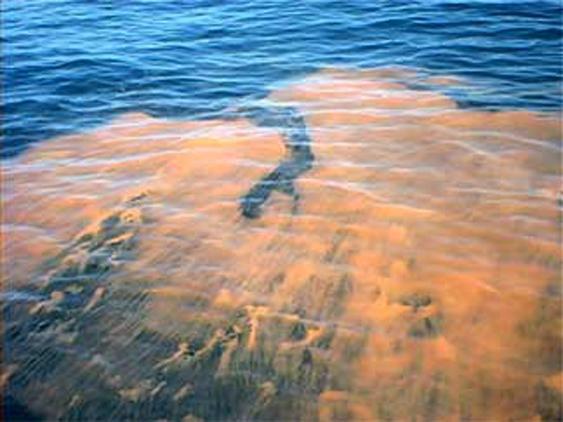
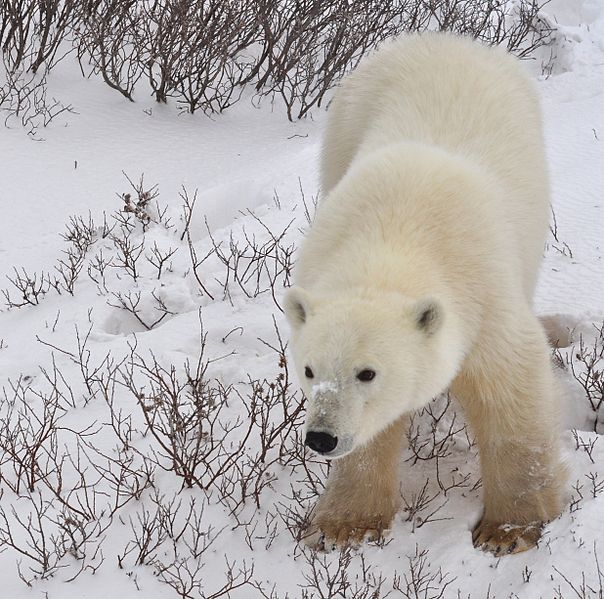
Kingdom:
Plantae
Members of the Plantae are multicellular and have cell walls made of
cellulose. Many, but not all, are photosythetic. Other members of the Plantae would include:
The Lily of the Valley, a
Daffodil, and
Rhubarb.
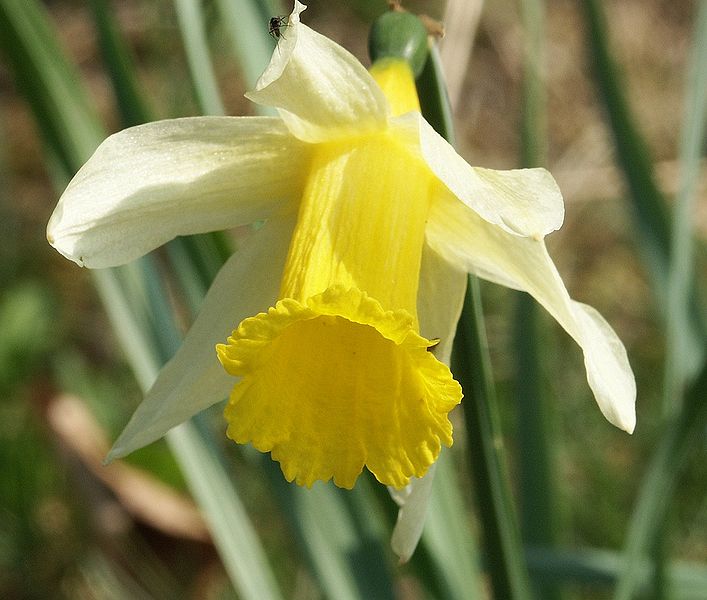
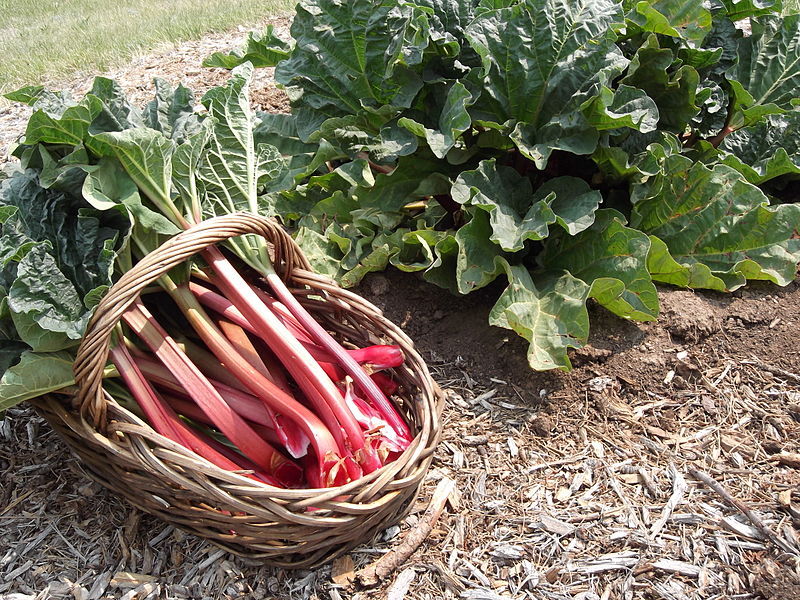
Subkingdom:
Tracheobionta
Members of the Tracheobionta have vascular tissue called xylem and phloem
used in transporting water and nutrients. Plants that
would be included in this subkingdom would be: Maple Trees, Pine Trees, and
Rose Bushes.
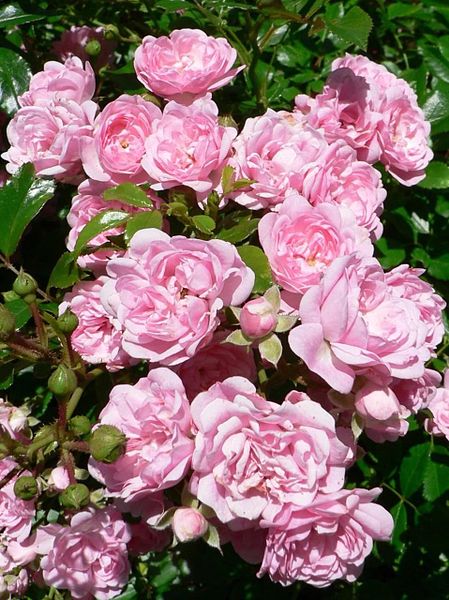
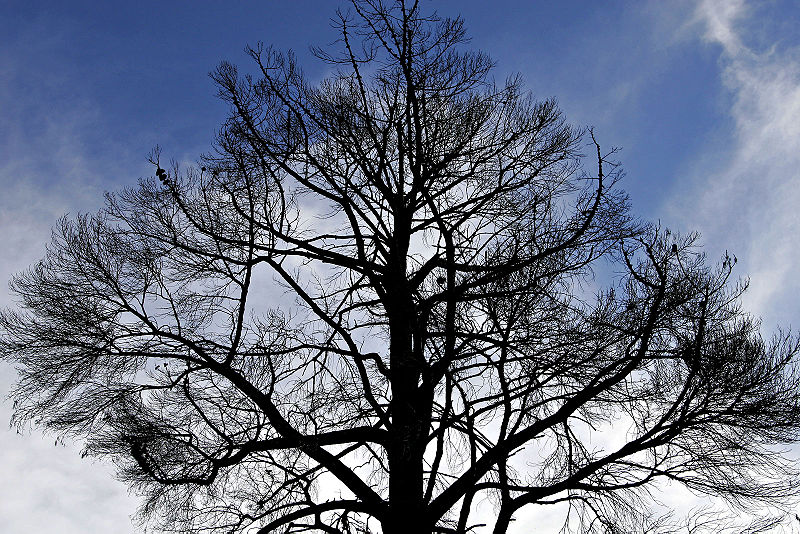
Super phylum:
Spermatophyta
Members of the Spermatophyta have seeds for creating the next generation.
Examples of plants that would be included in this super phylum would be:
Cycads, Ginkos, and Corn.
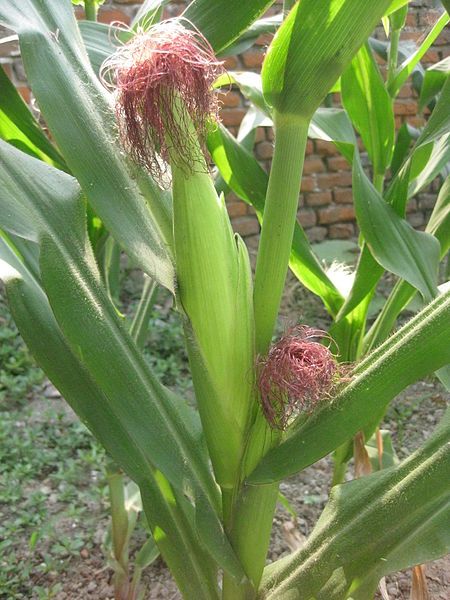
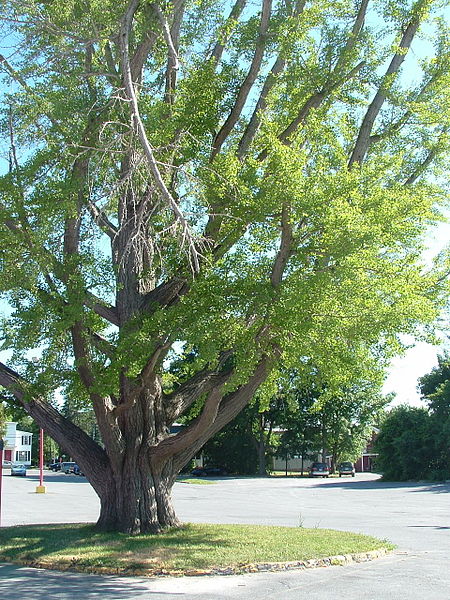
Phylum:
Magnoliophyta
Members of the Magnoliophyta are flowering plants.
Other organisms included in this phylum would be:
Daisies, Lilac, and Tulips.
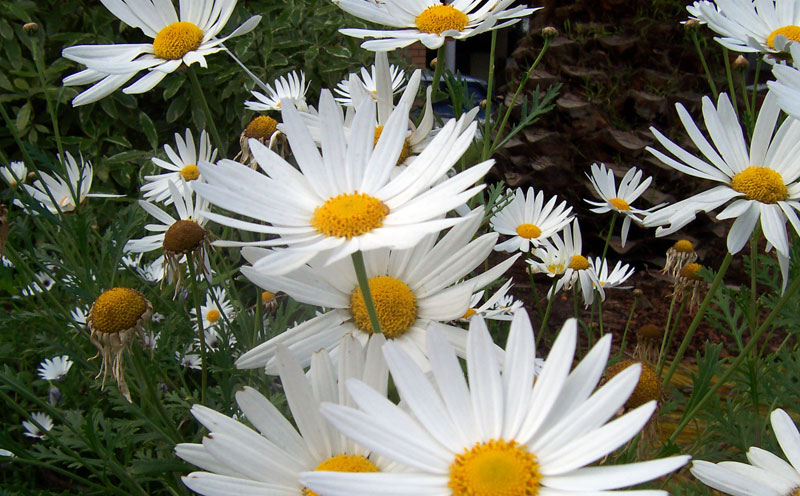
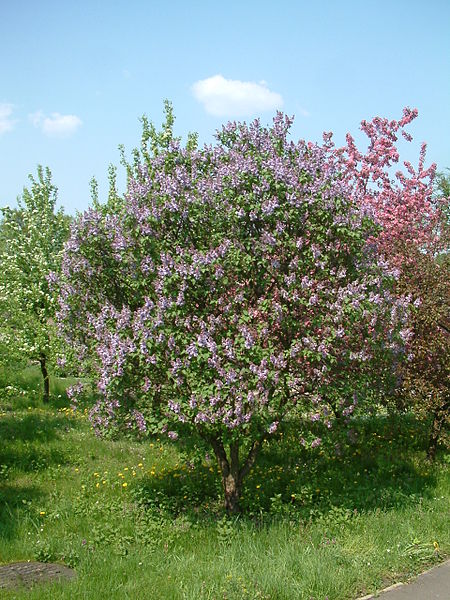
Class:
Magnoliopsida:
Members of the Magnoliopsida are Dicot
plants meaning that they has 2 leaves at germination and their
leaves contain branching off veins. Their petal
arrangements are also in multiples of either 4
or 5. Other organisms that would be included in this class would
be: Beans, Sunflowers, and Oak Trees
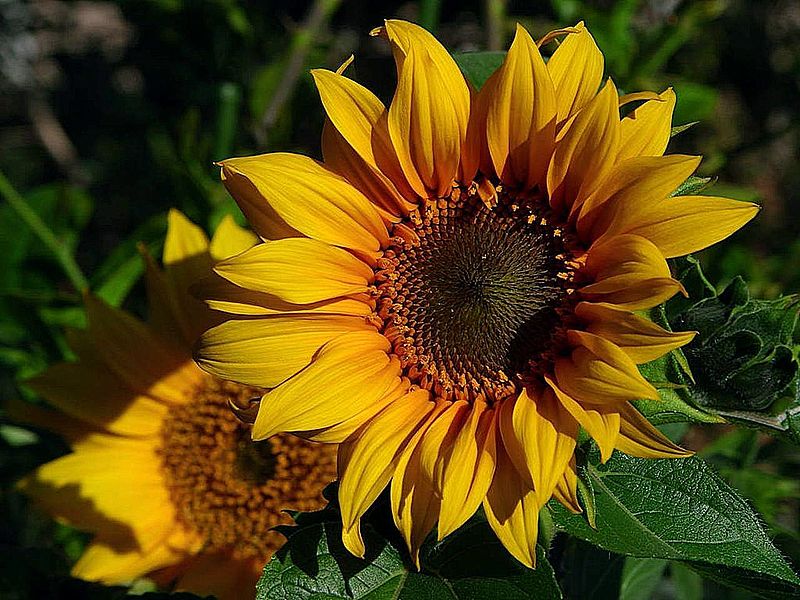
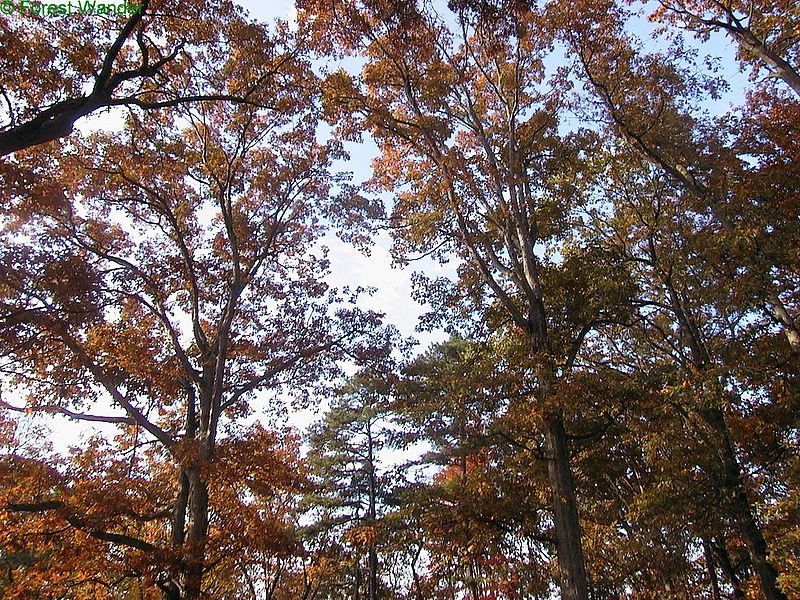
Subclass:
Asteridae
Members of the Asteridae have alternating stamens around the corolla lobes and
have ovules that only have one outer protective layer.
Other examples in this subclass would be: Coffee, cayenne pepper,
and potatoes.
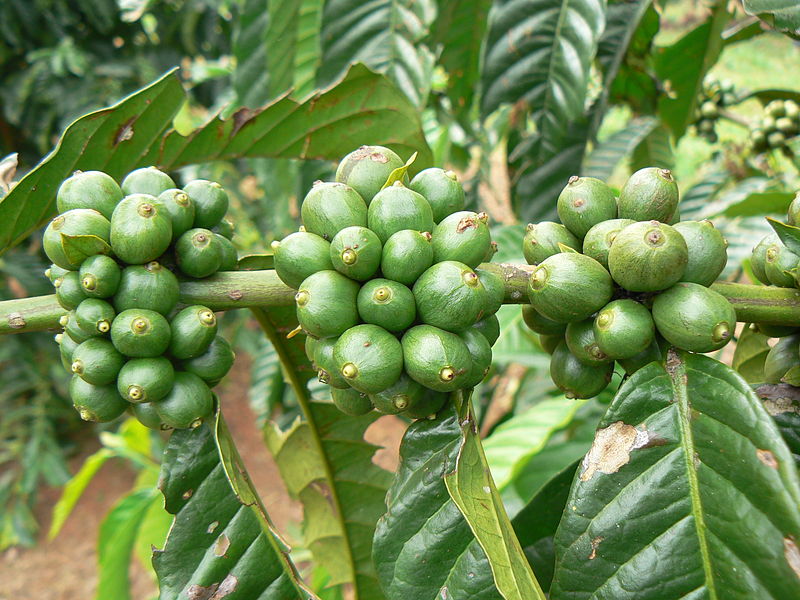
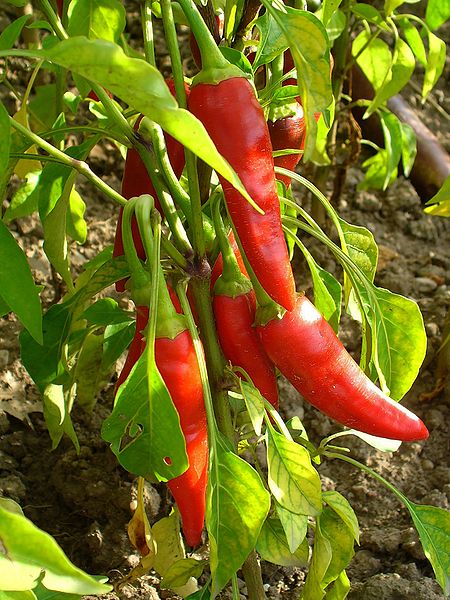
Order: Gentianales
Members of the Gentianales have opposite whorled leaves and also
have more then 2 leaves per leaf cluster. Examples in this
order would be Milkweed and Periwinkle.
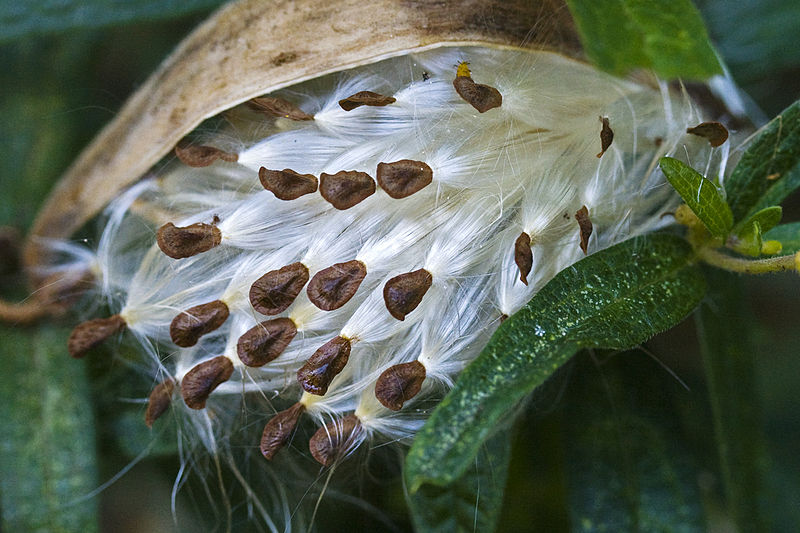
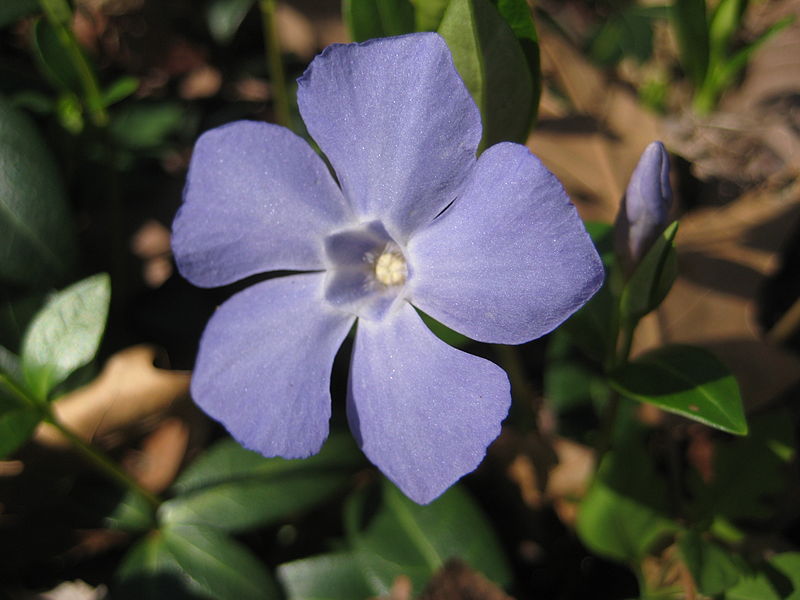
Family
Apocynaceae:
Members of the Apocynaceae have nectar glands that make them fragrant and
they also
have milky latex. Periwinkle and Desert Rose would be other
organisms in this family.
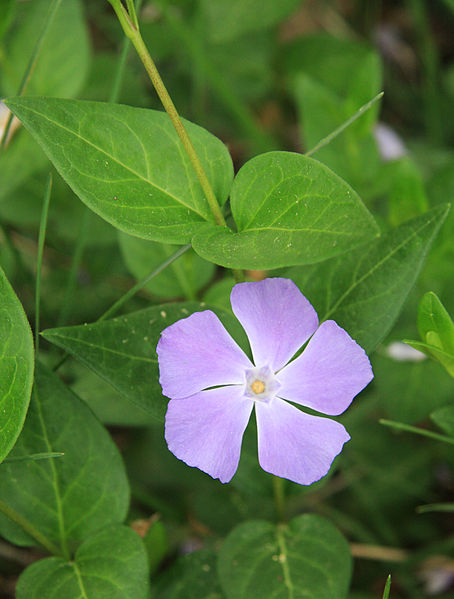
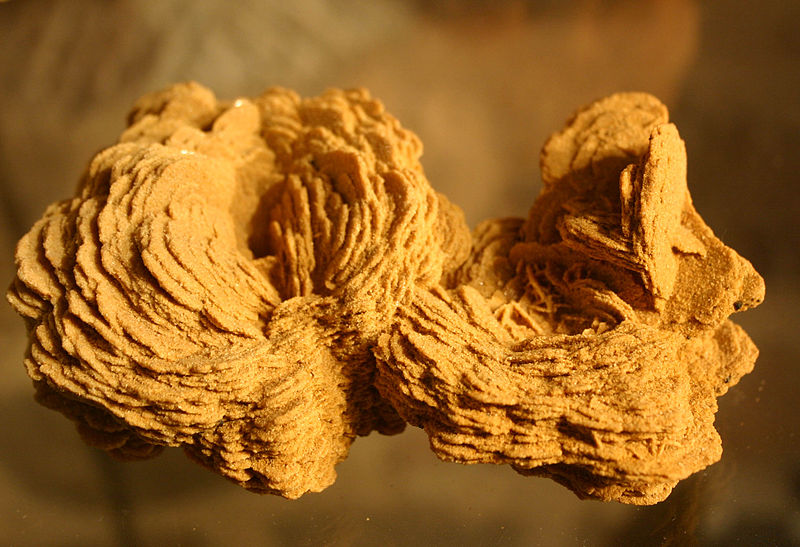
Genus: Nerium
Nerium
is thought to be derrived from the
Greek word Neros, which refers to a moist wet habitat
where this genus lives. Oleander is the only organism in
this genus.
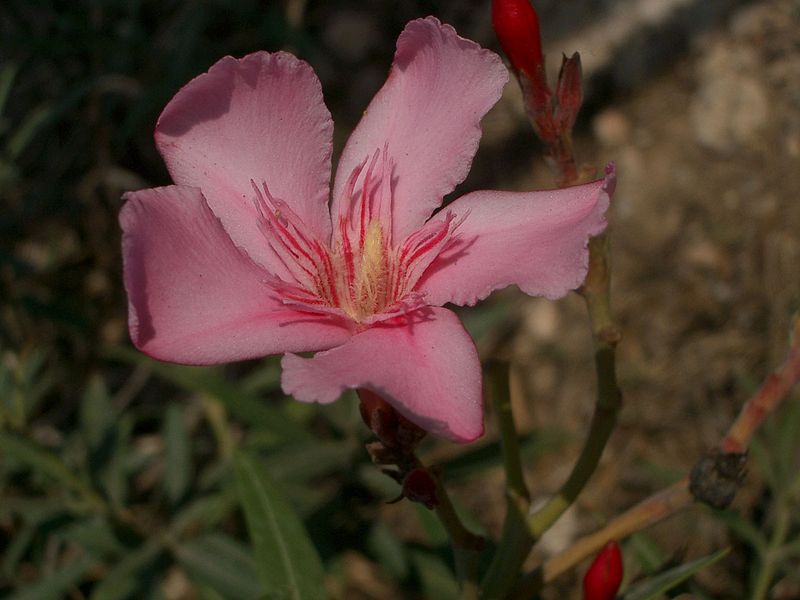
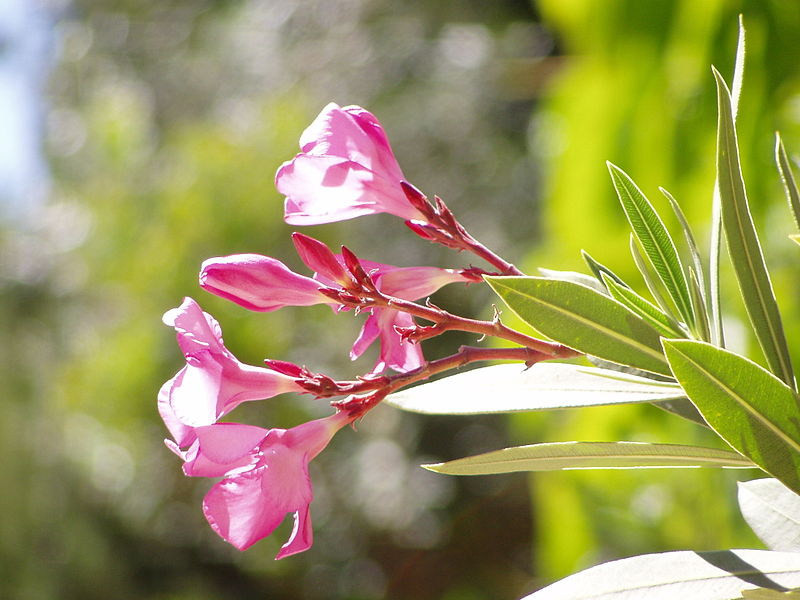
Species: Nerium oleander:
Oleander is derived from the Greek word for olive olea
because these organisms were thought to have similar leaves to
olive trees.
See facts

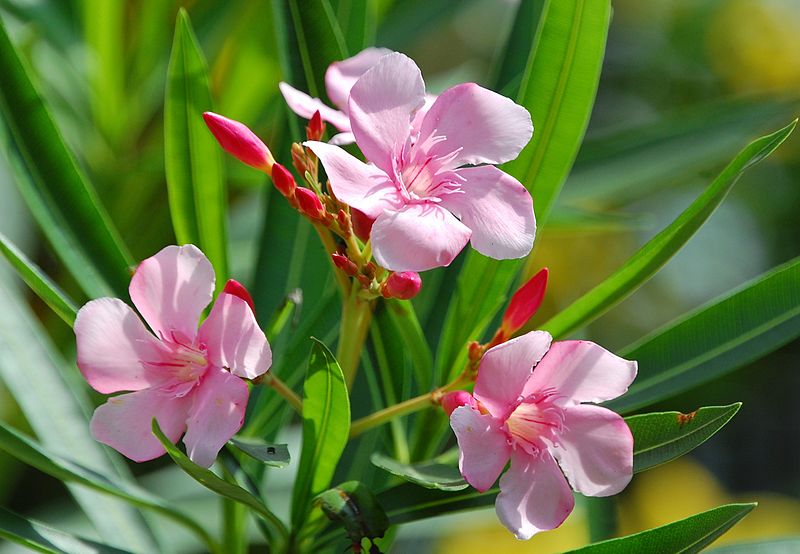
Phylogenies:

Modified from Cambell Biology Textbook 8th edition.
This phylogeny is a morphological tree based off of:
membrane bound organelles, having a true nucleus, being
multicellular, living in a terrestrial habitat, having cells walls made of cellulose, having
vascular tissue, and producing seeds that our protected.

Modified from the USDA plant database. This phylogeny is a morphological tree based off of: having opposite whorled leaves with more
then 2 leaves per cluster, having nectar glands for fragrance and milky latex,
living in a watery habitat like the bank of a river, and having
leaves that resemble olive tree's leaves.
If you are looking for great explanations of classifications of
plants click
here.
Home Habitat























